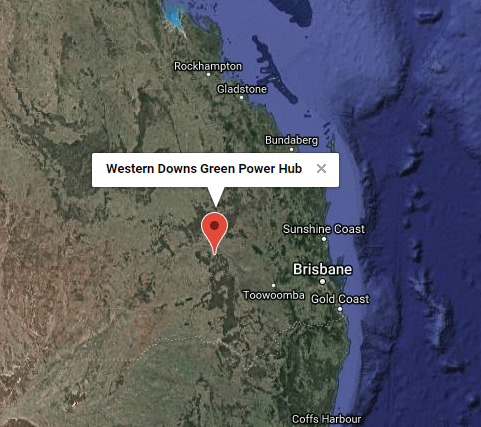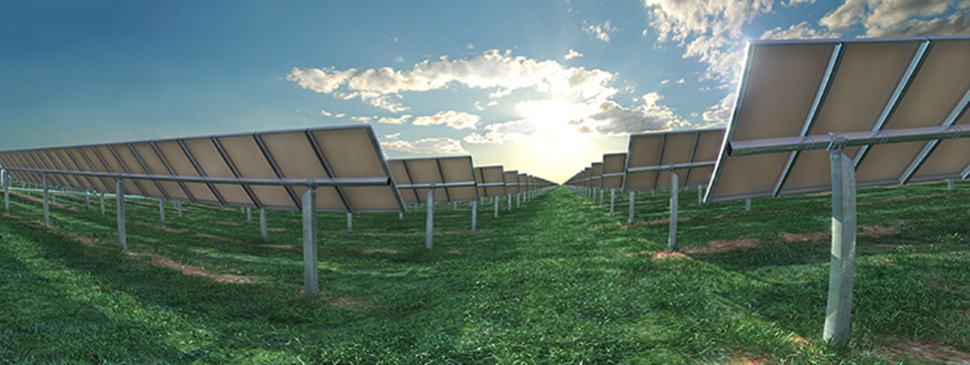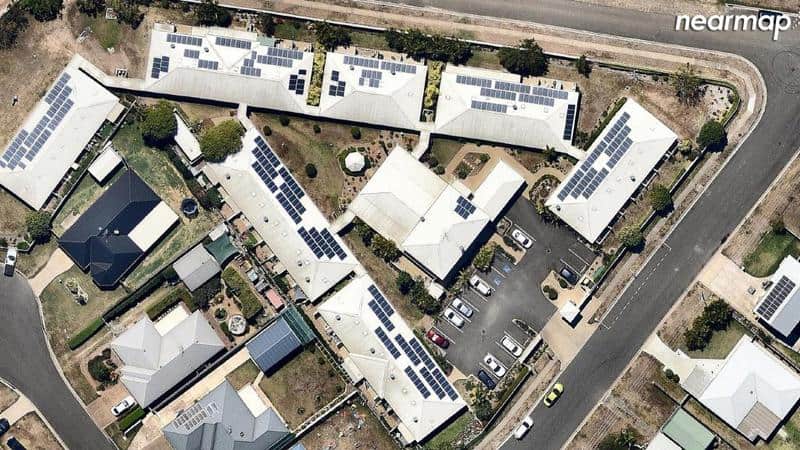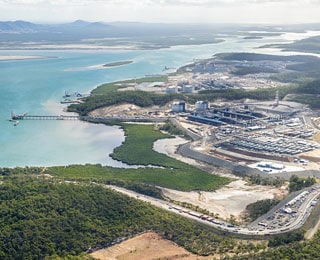Solar PV installations in Australia have tripled in the first half of 2018 in comparison to solar uptake in 2017. How will this affect our renewable economy and can we expect this to continue for the rest of the year? Where are all the installs coming from? Let’s take a look.
Solar PV installations in Australia
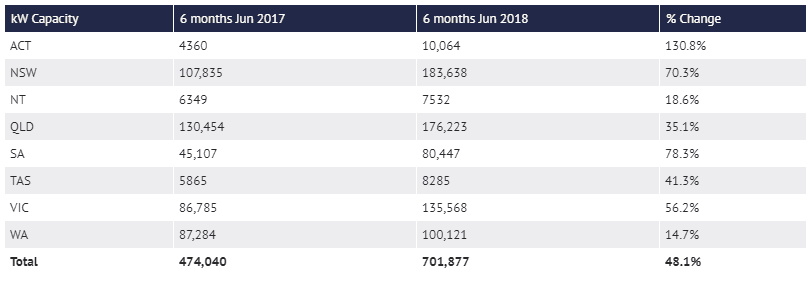
The Canberra Times is reporting that household systems are now, on average, around 5 kilowatts. As the technology improves we’ll see this figure rise and (potentially) prices fall. They’ll certainly fall in terms of per watt pricing but the system uptake has resulted in 44% lower feed-in tariffs in New South Wales already – we’ll have to wait and see how this affects the rest of the country. It certainly doesn’t seem to have curbed the ACT’s appetite for solar systems – with the state leading Australia by a huge margin with a 130.8% uptake in installs over Q1+2 in 2018 vs. the same period.
Green Energy Markets are also predicting that by 2020 renewable energy will represent around 33% (1/3) of Australia’s energy mix – almost double the 17.3% measured in 2015. Ric Brazzale of Green Energy Markets told the Canberra Times they are expecting to see around 30% higher figures by the end of the year:
“If we continue on at the same rate of installations we will end the year at between 1450 MW to 1500 MW – this will be more than 30 per cent higher than the 1100 MW installed last year,” he said.
It’s important to note that the amazing growth commercial solar (i.e. systems which are more than 15kW) has also seen over the last 12 months is heavily reflected in these figures. Over a quarter of June’s solar system demand is due to companies wanting to insure themselves from rapidly rising electricity prices and take control of their bills back by installing a commercial solar system on their premises.
If you’re interested in reading all the specifics of their report, please click here to download Green Markets’ Renewable Energy Index for May 2018.

